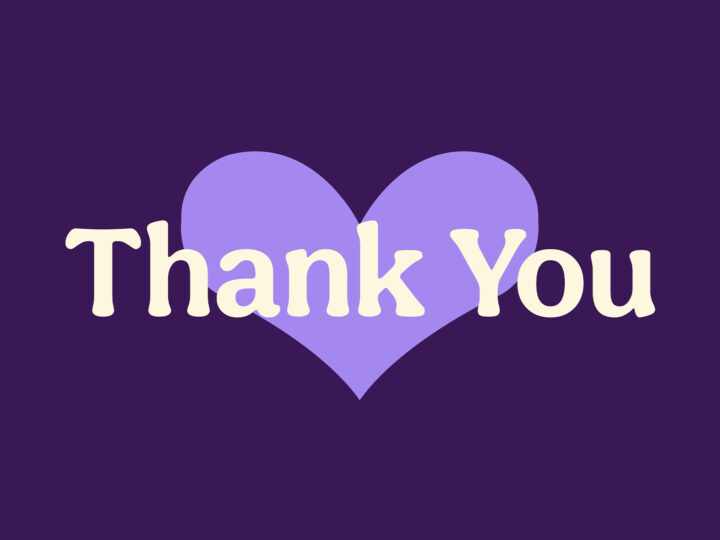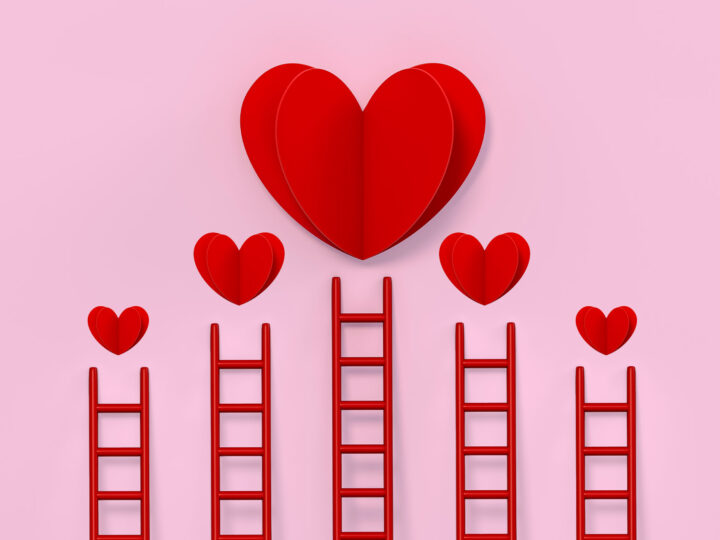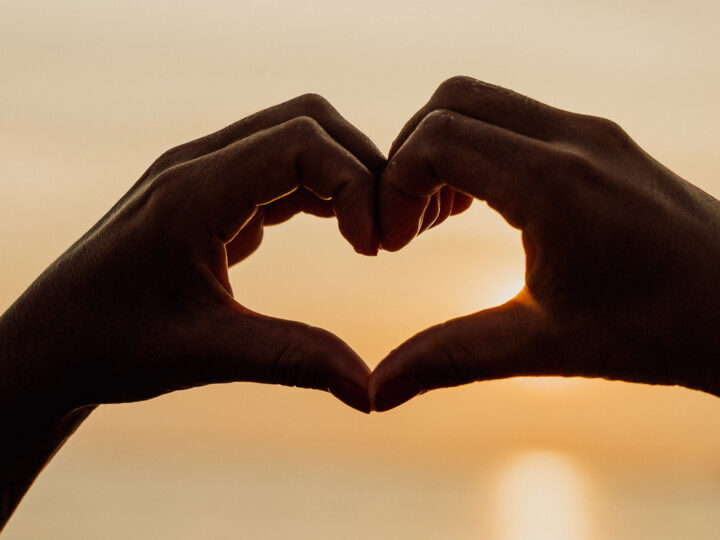Several years ago, my wife and I spent our honeymoon in Fiji. As we sailed from island to island, the local community would welcome us to their nightly kava ceremony. This was a gathering of hundreds of people who would socialize and consume a liquid known as kava. As the evening wore on, the huge crowd would continuously break up into smaller and smaller groups, until there were only a handful of people in each circle. What started out as raucous storytelling and exchanging jokes in the larger group became sharing of more intimate information, and even conflict resolution between parties in the smaller groups. It became quickly apparent that the purpose of this gathering was far more than social. It was for healing and feeding the soul. I was amazed at how intuitive the need for intimate human relationships was among the communities, how essential it is for us even today and yet, how far removed we’ve become from this primal need for personal relationships with each other.
Like humans, monkeys have a very advanced social life and structure. In order for primate communities to function at an optimal level, they need to be limited to between 20 and 50 members. At this size, each member knows the others quite well, personal bonds are strong and the social order flows easily. If the community exceeds 50 members, the social order starts to break down. To avoid things becoming disorganized and chaotic, the group will naturally split into two, with new relationships being established and the order preserved.
The Magic Number
Because humans share over 90% of their DNA with primates, it’s no surprise that we function in very much the same way. Anthropologist, Robin Dunbar of the University College of London discovered that the ability to maintain stable relationships is limited to the size of the brain’s neocortex. That’s the large outer layer of the brain. Unlike any other animal, the neocortex of humans and primates has deep grooves in it, giving us much greater surface area for billions of additional neurons. It’s here that we have the capability to build relationships. Based on the size of our neocortex, sociological data shows that humans function best in groups of 150 or less. This is because physiologically speaking, it’s not possible for us to have more than 150 relevant connections with any semblance of depth, at any one time. This is why in order for a human community to function optimally, it can’t exceed 150 people. Beyond that, relationships and order start to fall apart.
This revelation isn’t new. The military, which requires order and loyalty among its troops to function, has known about this biological necessity for many years. This is why military strategists always keep fighting units limited to approximately 150 soldiers. In larger numbers, the groups would suffer from hierarchies and sub-factions forming within the group. At 150, formalities are unnecessary and mutual loyalty happens naturally.
In Montana and Canada, the Hutterites, a communal branch of Anabaptists much like the Amish, live in communities of 150 or less. When the population exceeds the limit; a new clan forms.
Even corporate America is starting to capitalize on human nature. Gore-Tex, the famous maker of waterproof fabric technology, is structured on teams of exactly 150 that have no boss and are completely self-directed. In fact, there are no more than 150 people at any of its plants.
Every Man for Himself
Humans are social creatures, and we thrive in each other’s company. In the last 60 years or so, especially in Western culture, we’ve emphasized radical individualism over social bonding, which is the foundation of our society. We’ve attached our self-worth to things like income, career, accomplishments and consumerism. As we’ve rushed to prove our worthiness by chasing after these things, we’ve let social and familial relationships dissolve in the wake of our runaway individualism. It seems interesting that as the Western world faces increasingly insurmountable sociological problems (racial discord, war, etc.), we become more individualized, isolated and ultimately, lonely.
Alone Together
I can’t tell you how many people I know who live in New York, a city of 8 million people, who feel completely alone. In Los Angeles, it’s an ongoing joke that it’s the only city where you can live in the same house for over 20 years and never have met your neighbors.
As individualism rages on and humans continue to gather together in cities of immense proportion, it’s technology and social networks that are supposed to bring us all back together and restore the primal connections we’ve lost. We were told we could have the best of both worlds. We could still make our lives all about us while occasionally “checking in” with family and virtual friends, and still feel nurtured by it. What it’s gotten us is even more loneliness as we continue to substitute real connection for convenience.
Technology, specifically social networking, has completely skewed our primal sense of what real human connection is. We’re collecting virtual “friends” online like baseball cards, giving no thought to what that word really means or what these people actually contribute to our lives on a daily basis. It just pads our ego, our sense of individualism, to have more “friends” than someone else. We seem to have forgotten that these are just blips on a screen. It’s a classic case of quantity over quality. Never mind the fact that it’s not even physiologically or psychologically possible to have 738 “friends”.
By contrast, it’s often been said that anyone should consider himself lucky if he can develop two or three very deep friendships over a lifetime, people with whom he can share anything. Most of us don’t even have one. That’s because we’ve confused friendships with acquaintances. We share a casual experience with acquaintances, like work or high school. With friends, we share a history. Acquaintances are people we know of. Friends are people we know. There’s a big difference. I like to say a real friend is someone who’ll show up after you call him at 3:00a.m., when your car breaks down on the highway. How many people do you know who could pass that test? That’s how many real friends you have.
Conversation vs. Convenience
It seems that the more virtual friends we have, the lonelier we get. That’s because we’ve traded conversation for convenience. Just because we can conveniently text someone a few lines or send them an instant message doesn’t mean we’ve actually had a conversation. Chat room banter and trading a few photos isn’t making a real, human connection.
A conversation happens in real time. We don’t have the opportunity to self-edit because it’s spontaneous and in-the-moment. It’s energized and alive with genuine behavior, actions and reactions. It can be exciting, scary, funny and nurturing all at the same time.
An online interaction is planned. We can parse our words, edit and choose just the right photos to present ourselves as how we’d like others to see us, not necessarily as we are. Online communication is like Photoshopping your entire personality. We get to control the narrative of every interaction we have. A need to control others or situations always stems from an underlying insecurity and fear. “They won’t like me if they knew who I really was”, “I’ll post this photo of myself from 15 years ago when I looked better”, “I’m not good enough”, or something like that.
In my previous post, we talked about lying and how we use it to keep our personal pain at bay. How many of us have online personas that don’t match who or where we are in life? Is it because it’s easier to pretend we’re the online versions of ourselves rather than make the actual changes to experience that transformation? The irony of lying is that we always become victims of our lies because ultimately, we convince ourselves they’re true.
Ironically, most of the things we don’t like about ourselves or our lives are reflected back to us in the relationships we have with others. These are the negative behavior patterns we carry with us that limit our potential. For example, if you’ve had a history of attracting the same kind of abusive partner, isn’t it time to start looking at yourself for the cause? We need real, physical relationships to point out the limitations we carry that are holding us back. If we stay locked away in our online, ivory towers, we never heal these issues and move forward. Instead, we prefer to “update” people by keeping them at arm’s length through technology, in lieu of having an in-person interaction, to avoid our own pain.
All About Me
Constantly adding photos and updates about our new job, latest vacation or other life minutia to online profiles for hundreds of people we haven’t seen or heard from in years, amounts to little more than endless self-promotion. It’s a lonely life with lots of acquaintances, but few, if any, real friends.
Some in the media have called the 1980’s the “Me decade”. I have to disagree. The Information Age has thrust us into what can only be described as the true ME generation, and transformed us into a society of isolated narcissists, Twittering, texting, posting and emailing every insignificant detail of our lives to people we barely know. It seems sad that we now require validation from others of even the smallest event in our lives for it to have meaning for us.
Plugging Into Each Other
If we intend to have lives that are full and rich, it’s time to unplug from technology and plug back into each other. Life is a somatic experience. That’s why we have a physical body. When we have a real conversation with a real human being, we can see his smile, hear his voice, touch his hand and respond to his body language. It’s an exhilarating experience and our body needs this kind of energetic stimulation to remain healthy. Countless research studies show that people with loving mates or the intimacy of deep friendships live longer. This energetic exchange is real, measurable and feeds our cells. In fact, the Institute of HeartMath found that when two people touch each other, the brain energy from the person doing the touching, his electroencephalogram (EEG) is actually transferred to and can be measured in the recipient’s heart energy or electrocardiogram (ECG). This same energy also feeds our souls with what I like to call spiritual nutrition.
Unfortunately, we seem to keep moving further and further away from real interactions that enrich us to ones that merely entertain us—mind candy for the brain, empty calories for the soul. Advanced 3D headset technology now makes it possible for video gamers to be completely immersed in a virtual environment, with a 180-degree wrap-around field of vision that responds to their eye movements. It seems the leap from this technology isn’t very far until we find ourselves interacting daily, not with humans, but with avatars; first in the service sector of society and then perhaps, each other. There’s nothing real about these so-called relationships. The more we stuff our mind with distraction, the more we starve our spirit.
It’s the difference between living a passionate versus a passive life. Between humans, there is a real and scientifically measurable energy exchange when we are in each other’s company. Between humans and technology, there is none because the interaction is a passive one. The Persian poet, Rumi, understood this distinction hundreds of years before computers existed. He described passion as when a man could distinguish between the wine and its container. Can we make the distinction between real human communication, and the gadgets we us to house and/or transmit communication? Rumi likens it to the difference between merely seeing the shape of a loaf of bread, while someone else can see inside it, recognizing the taste, texture and nurturing qualities it provides. A truly passionate life is one where we tangibly experience its taste and texture, not just get the idea of it through technology.
This lack of real human interaction doesn’t just leave us lonely, but desensitized, as well. How many people have gotten notice from their partners that their relationships were over, via text message? Employers are now firing their employees over email. Online addictions have not only left us passive and passionless, but void of compassion.
Relationships Heal
I tell my patients that although our relationships can cause us the most pain in life, they are also the source of our greatest reward. Personal, intimate relationships temper and test us, but they also make us stronger. They ground us energetically in a world that’s made of nothing but energy. It’s the tension put on our bones by the down-pull of gravity that helps us build more bone and make them stronger. That’s why astronauts who spend long periods of time in space suffer osteoporosis. Social network relationships lack gravity. They aren’t grounded in any real biological force that offers an energetic give-and-take that fuels our psycho-spiritual growth. Instead, we opt for a cheap substitute and end with a kind of psycho-spiritual osteoporosis. We’re like babies who can’t latch onto the breast and make a real connection to be fed. Instead, we make due with formula, which is “sort of” breast milk. No matter how hard we try, there are ingredients and co-factors in the real thing that can’t be created artificially and will always make it superior to its substitute. That’s why it’s called “virtual reality”, meaning “almost” but “not exactly” reality.
In real life, “almost” carries no weight. Did you almost fall in love with your spouse, almost birth your children, or almost take a dream vacation? No. What we will take with us from this earth when we pass on are nothing but our experiences. That’s life! Real relationships shape and evolve us because of the grounding energy that’s intrinsic to them. All our relationships, the good and bad, make us stronger and more resilient because of this. It’s our relationships that heal us.
Think about it. What helped you get over a relationship with someone who violated your trust? A relationship with someone who honored it. What helped you heal from a relationship with a terrible boss? A relationship with one who respected you. That requires courage and work. It means putting ourselves back out there and taking a real risk again. Risk and reward are directly proportional. The bigger the risk we take, the bigger the reward, but that always requires getting through the initial fear of a new experience. Grounding within ourselves and through our connection to others is what helps us do that. It helps us heal and move forward. As our hearts heal, our cells respond and we experience better physical health, too! As such, it’s only through establishing relationships with depth, trust and loyalty that we live richer and healthier lives. We can only accomplish that with a real sense of community by going out into the real world and finding it…and that’s not virtual reality. It’s an absolute certainty.
Dr. Habib Sadeghi is founder of Be Hive of Healing Center for Integrative Medicine in Los Angeles.
This article first appeared on goop, an e-commerce and digital media site founded by Gwyneth Paltrow, www.goop.com.
JOIN THE MOVEMENT
Subscribe to our newsletter and receive inspirational stories delivered to your inbox that spread love, updates on our movement, and notifications on upcoming deals & events.





